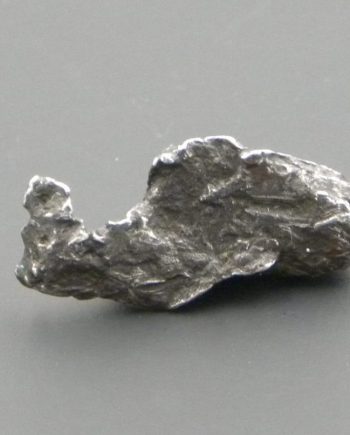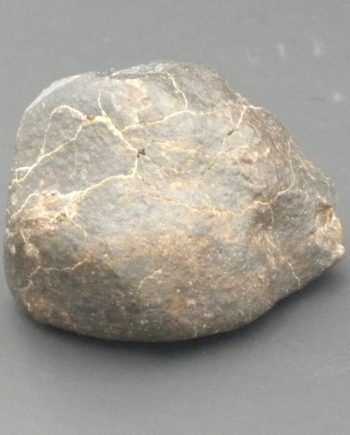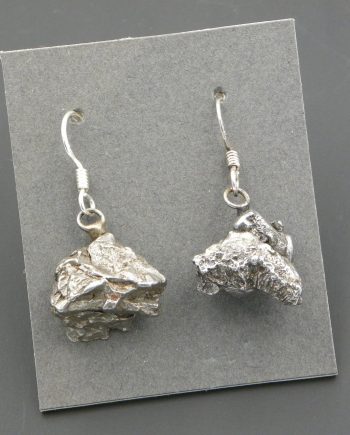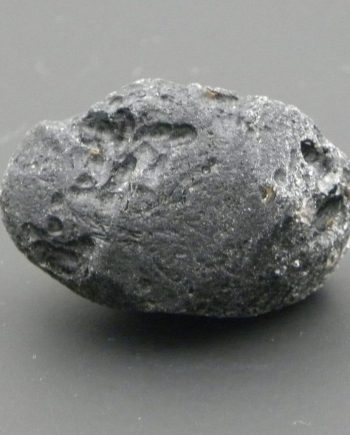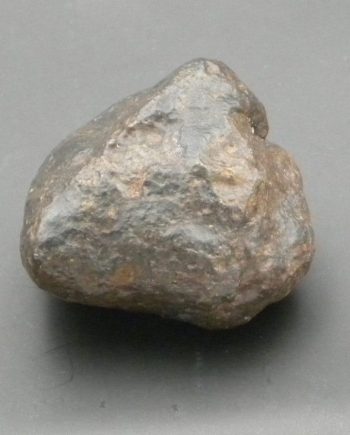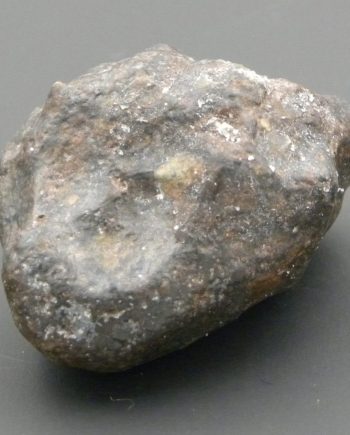Description
Slice of The Muonionalusta Meteorite
This slice of the Muonionalusta Meteorite which fell to planet earth 110,000years ago. This excellent example shows some fascinating Widmanstatten patterns. The Muonionalusta Meteorite was discovered in 1906 in Norbotten, Northern Sweden. In this area in the far north of Sweden the sections of meteorite have been preserved in permafrost. Widmanstatten patterns are unique to meteorites and were discovered in 1808 by Alois von Widmanstatten.
There are three principle types of meteorite, the Chondrites, the Achondrites, and the Iron meteorites.
Iron Meteorites represent only 5% of all meteorites that are found. These are made of iron-nickel alloys, including Kamacite and taenite. Rarer still are the stony-iron meteorites, these are made up of iron-nickel metal and silicate minerals. These however make up only 1% of all meteorites found.
Chondrite Meteorites get their name from chondrules, these are the small round particles of silicate material inside. These are some of the oldest known rocks in the solar system. They were formed within the solar nebular around 4.5 billion years ago. New meteorites once discovered are given a name, and identity.
Achondrites differ from chondrite meteorites because they don’t contain chondrules. These are also ancient rocks originating from various asteroids. A small number however appear to have come from the Moon and also from the planet Mars.
Back To Meteorites





